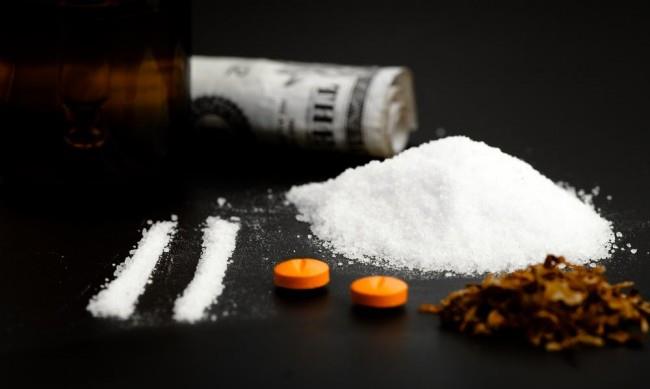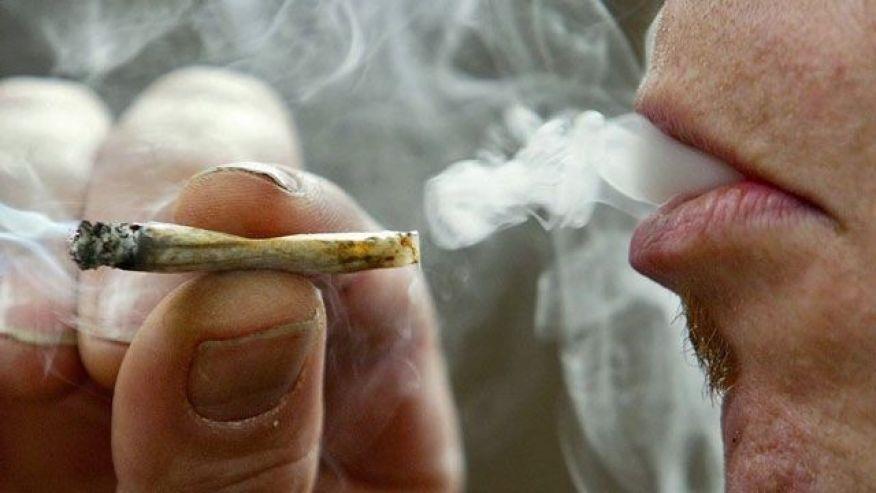The annual European Drug Report published last month showed that there is a surprisingly large disparity in Malta between the number of male and the number of female drug users enrolling in specialised drug treatment programmes. In fact, the report for Malta states that fewer than one-fifth of such clients in treatment are female.
Following the publication of this report, which provided data regarding the drug situation in Malta, The Malta Independent on Sunday asked Caritas drug expert Anthony Gatt to elaborate further on the situation.
On the causes behind this disparity, Gatt explained that the number of males entering treatment (be it outpatient or inpatient/residential) as opposed to females, is indicative of the proportions of people dependent on drugs by gender. Therefore, depending on these numbers, this shows that men are more likely to be drug-dependent.

He did, however, mention some other factors behind why females may fail to seek help.
"Women who are mothers will often hesitate to ask for help for fear that this might jeopardise the custody of their children, or because they find it difficult to enter residential rehabilitation as the current services are not equipped to accommodate mothers with children," he said. "But in truth, a mother who is dependent on drugs is more at risk of 'losing' her children to the authorities if she is not having treatment."
The drug report, through statistics, explained that treatment for cannabis users showed that 89 per cent of the treatment users were male, whilst 11 per cent were female. When it comes to cocaine drug users seeking treatment, the disparity was 82 per cent male to 18 per cent female. With regard to heroin users, 81 per cent of the treatment users were male with 19 per cent being female. In all cases, a large disparity between male and female entrants was observed. This does not only apply to Malta, as similar numbers are shown in the European umbrella report.
Mr Gatt added that another issue could be over the provision of services available for women. "Past experience and research evidence has shown that, in mixed gender rehabilitation, there is the risk of women ending up being outnumbered by men. This commonly makes it less psychologically safe to work on trauma and abuse that may have been perpetrated by the hands of a man," he said. "Nine years ago, Caritas opened an all-female residential drug rehabilitation unit which has made it immensely easier for women to access this help."

Reduction in number of heroin users, increase in users of cocaine
It was also noted in the drug report that the number of first-time heroin entrants has fallen dramatically in 10 years, whilst the treatment entrants for cocaine has increased. When it comes to cocaine, 40 first-time entrants were reported in 2006, whilst 91 were reported in 2015, with the number going up and down in the limits of those numbers over the years. Meanwhile, the number of heroin users having treatment has reduced considerably since 2006. In that year, according to the report, the figure was just over 230, whilst 66 were reported in 2015.
"Indeed, there has been a fall in the number of first time entrants of heroin users," said Mr Gatt. "This is a reflection of the drug scene out there. Again, a multitude of factors may be in place here, including the popularisation, availability and low cost of cocaine. Another factor may be that cocaine and stimulant drugs may be the drug of choice in a culture that encourages and elevates hedonistic pleasure," he said.

85% of students say alcoholic substances are easy to obtain
Although the Drug Report showed that alcohol intake and binge drinking amongst Maltese youth remains amongst the highest in the EU, Mr Gatt says that in the latest ESPAD Report of 2015, a slight fall in the consumption of alcohol and cigarette smoking among 15-16-year-olds was noted. "In general, this was not accompanied by increases in illicit substances over the previous years. This has been interpreted in part as a cautious indication of success in educational or preventive efforts, online and social media substituting drinking and changing social norms."
Even though there has been a fall in alcohol use between 2011 and 2015, Mr Gatt said that alcohol is still the most widely used substance by 15-16 year olds. Quoting the ESPAD report, he highlights the fact that "the majority of students - 85 per cent - reported that any alcoholic substance would be 'fairly' or 'very easy' to obtain."
The ESPAD study said that "the law is not being fully enforced, and alcohol is still being served, sold and supplied to minors from stores and places of entertainment... the accessibility of alcohol will contribute, in part, to its high prevalence of use." Building on this, Mr Gatt also said he has observed "a lack of consistency in the area related to availability and enforcement.
"From the field and adolescent accounts, we have observed that enforcement is strengthened after some major accident such as the incident in 2015 where 74 people were injured due to the collapse of a staircase in a popular night club following a mass exit of patrons.
"After the incident, under-17s reported to us that it had been impossible to get into a club without their ID being checked. Over time, this strict abiding by the law waned, only to revert to the usual lack of observance."

Caffeine, talcum powder used to compromise on purity of drugs
The European Drug Report also showed that illegal drugs in Malta are some of the cheapest in Europe, as well as of the lowest quality. The purity and prices of cocaine, heroin and MDMA that was sold to local drug users was found to be amongst the lowest in Europe.
Asked whether this is a concern, Mr Gatt said: "Purity and price are a combination of many factors. The sale of drugs is subject to the economic principles of supply and demand. The greater the supply and less the demand, the more the price falls. The more demand and less supply, then the price goes up. Furthermore, pushers may want to keep prices down and one way to do this is to compromise on purity."
Elaborating on what is used to compromise on the purity of drugs, Mr Gatt said: "Drugs such as heroin are cut with caffeine, baking soda, sugar, starch, talcum powder, crushed paracetamol and also dangerous synthetic drugs." He added that the latter has been connected to the increased risk of fatality. "Cocaine is also cut with toxic substances such as levamisole, which is used to treat parasitic worm infections in cows, and has been recently been withdrawn from the market", he said.
"Drugs are mixed with other toxic substances to add mass and to enhance their effect. Lower purity and toxic substances with which the drug is cut make substances very dangerous and at times lethal," he said.
He added that another factor that may influence the purity level relates to market issues. "Given the relatively small size of the market and the possible monopoly of suppliers, the drug may be kept low in price and low in quality," he said. "Not having much competition between suppliers may keep the purity low to enhance profits in a market where there is not much competition."

Legalisation of recreational marijuana
Asked for his opinion on legalising recreational marijuana, Mr Gatt replied that Caritas is against such legalisation. "Caritas is of the firm belief that the legalising cannabis for 'recreational' use is way more harmful than beneficial for our communities," he said, adding that from their 30-year-long experience, they believe that "facilitating the use or sale of cannabis will have a serious detrimental effect on our communities."
Although the country will generate revenue from such activity, he thinks that it will cause more harm than good, including the fact that the cannabis black market will be eased but, in the process, will "give rise to increased black market activity in drugs such as heroin and cocaine."
He said that the THC ingredient in the cannabis plan include "devastating effects" such as increasing the risk of Alzheimer's, triggering psychosis in individuals genetically likely to develop such disorders and impairing certain brain functions, amongst other things.
It is believed that the legalisation may have a short-term economic advantage but will come at a cost.